Buckeye Tree
- November 14, 2023
- 0 comment
The Buckeye tree, scientifically known as Aesculus, encompasses a diverse genus of deciduous trees and shrubs, with the most well-known member being the Ohio Buckeye (Aesculus glabra). Characterized by its distinctive palmate leaves and distinctive fruits resembling chestnuts, the Buckeye tree is native to North America, predominantly found in the eastern and central regions of the United States.
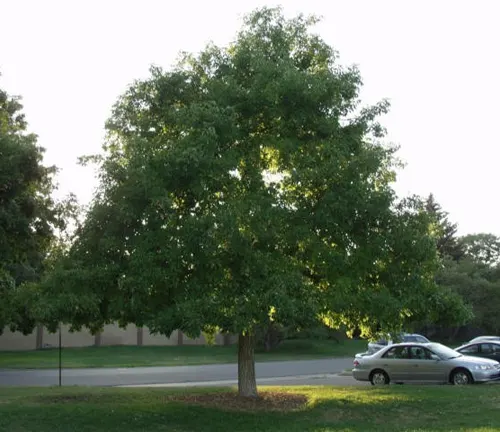
Renowned for its ornamental value, these trees are often planted for their attractive foliage and striking springtime blossoms. The name “Buckeye” is derived from the tree’s seeds, which bear a resemblance to the eye of a buck deer.
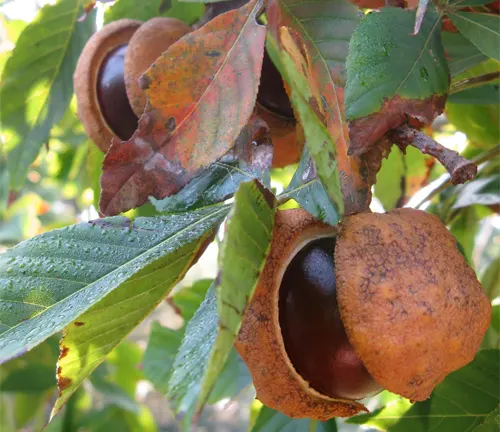
Despite its aesthetic appeal, it’s essential to note that the seeds are toxic and should not be consumed. Beyond its visual allure, the Buckeye tree holds cultural significance, serving as the state tree of Ohio and embodying a sense of regional identity. With its unique features and ecological importance, the Buckeye tree stands as a notable component of North American flora, contributing to both the natural landscape and local lore.
| Characteristics | Description |
| Scientific Name | Aesculus glabra |
| Common Name | Ohio Buckeye |
| Family | Sapindaceae |
| Type | Deciduous Tree |
| Native Range | Eastern and Central United States |
| Height | Typically 20 to 40 feet (6 to 12 meters) |
| Spread | 20 to 30 feet (6 to 9 meters) |
| Foliage | Palmate compound leaves |
| Flowers | Showy, panicle-like clusters; yellow-green |
| Fruit | Smooth, round capsules; seeds are toxic |
| Growth Rate | Moderate |
| Soil Requirements | Well-drained soil |
| Sun Exposure | Full sun to partial shade |
| USDA Hardiness Zones | 4 to 7 |
| Landscape Use | Ornamental, shade tree, park and garden landscapes |
| Cultural Significance | State tree of Ohio |
Botanical Beauty of the Buckeye Tree
The Buckeye tree, scientifically known as Aesculus, stands as a testament to botanical beauty with its distinctive palmate leaves and striking visual appeal. Renowned for its ornamental value, the Ohio Buckeye (Aesculus glabra) and its relatives grace landscapes with elegance. The palmately compound leaves create a lush canopy, adding a touch of sophistication to woodland areas. Beyond its aesthetic charm, the Buckeye tree is a captivating specimen that draws admiration for its unique botanical features.
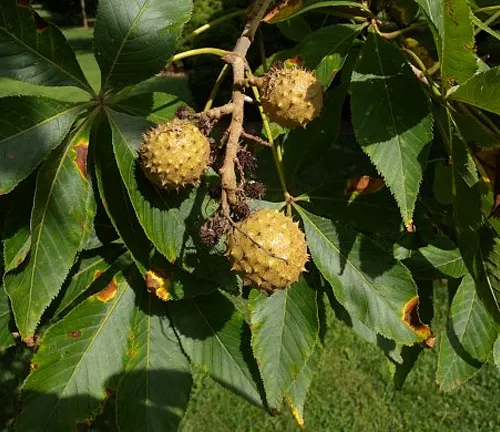
Woodland Elegance
In the realm of trees, the Buckeye stands out as a symbol of woodland elegance. With a moderate height ranging from 20 to 40 feet, these deciduous trees create a captivating vertical presence in forests and gardens alike. The foliage, arranged in a palmate fashion, offers a picturesque silhouette, especially during the autumn season when the leaves transition to warm hues, contributing to the overall allure of woodland landscapes.
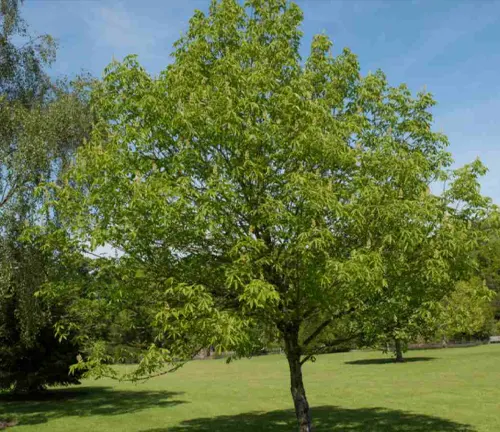
Ecological Importance
The Buckeye tree holds a crucial role in the ecosystem, providing both habitat and sustenance for various wildlife species. The showy, panicle-like clusters of yellow-green flowers attract pollinators, fostering biodiversity. The tree’s fruits, though toxic to humans, serve as a valuable food source for certain wildlife, contributing to the intricate web of ecological relationships. Additionally, Buckeye trees play a part in maintaining the balance of local ecosystems, showcasing the interconnectedness of flora and fauna.
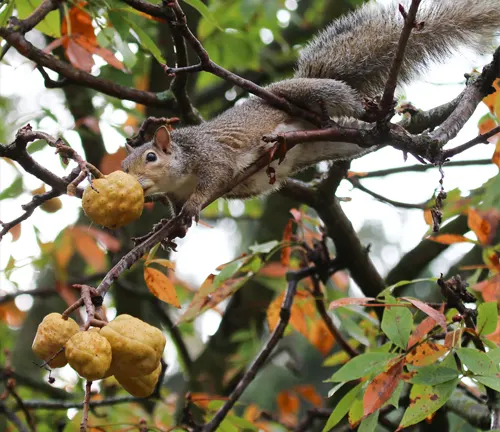
Cultivation and Conservation
Cultivating the Buckeye tree requires an understanding of its specific needs. Thriving in well-drained soil and adaptable to various sunlight conditions, these trees are suitable for a range of landscapes. As we appreciate the beauty of the Buckeye, it is imperative to consider conservation efforts. While not endangered, preserving the natural habitats where these trees flourish ensures their continued presence in the wild and sustains the ecosystems they contribute to.
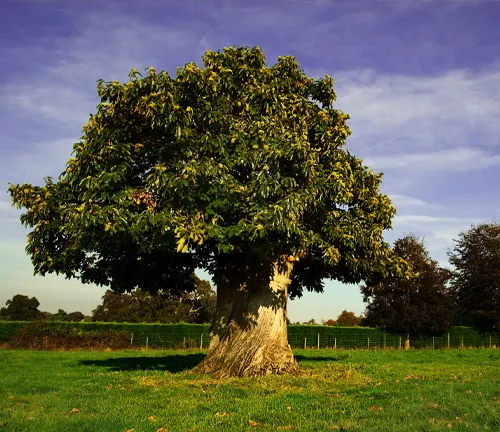
Fragrance
One notable aspect of the Buckeye tree experience is its subtle fragrance. As the tree blooms, the air is delicately perfumed with the scent of its blossoms. This aromatic quality adds an extra layer of sensory delight to outdoor spaces where these trees are planted, making them not only visually appealing but also a delight to the olfactory senses.
Soil Stabilization
Beyond its aesthetic and aromatic attributes, the Buckeye tree plays a functional role in soil stabilization. Its extensive root system helps prevent erosion, making it a valuable addition to landscapes with sloping terrain. By anchoring the soil, these trees contribute to the overall stability of the ecosystem, showcasing the multi-faceted benefits they bring to the environment.

Common Uses
The Buckeye tree has found a place in various aspects of human life. While its wood is not widely used commercially due to its soft nature, these trees are often planted for ornamental purposes in parks, gardens, and along streets. The Buckeye’s distinctive appearance makes it a sought-after choice for those seeking to enhance the aesthetic appeal of their surroundings.
Benefits
Appreciating the Buckeye tree goes beyond its visual and practical aspects. As the state tree of Ohio, it holds cultural significance, becoming a symbol of regional identity. Its presence in landscapes and conservation efforts contributes to the well-being of ecosystems, showcasing the broader benefits of embracing and preserving this botanical gem.
Different Species
Ohio Buckeye
(Aesculus glabra)
This is perhaps the most well-known species of Buckeye and is native to the eastern and central United States. It is the state tree of Ohio.
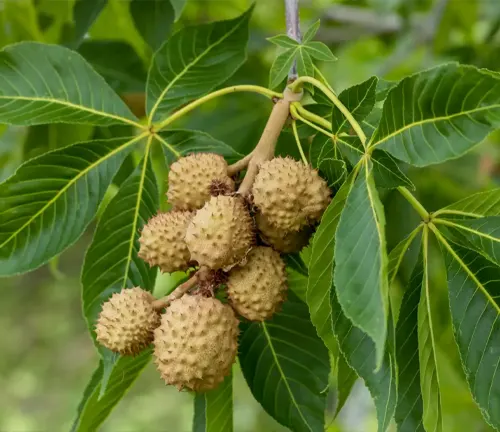
Yellow Buckeye
(Aesculus flava)
Also native to the eastern United States, the Yellow Buckeye is recognized for its yellow flowers and is found in a variety of forested habitats.
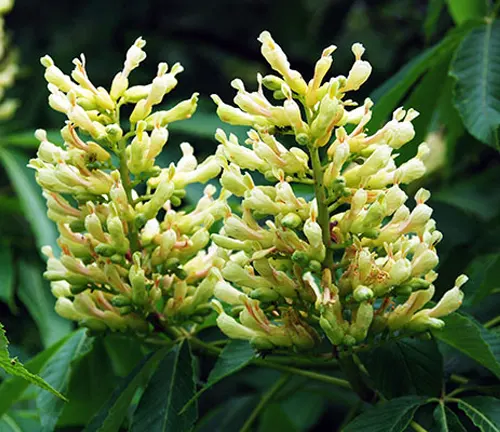
Red Buckeye
(Aesculus pavia)
Native to the southeastern United States, the Red Buckeye is characterized by its striking red tubular flowers. It tends to be smaller in size compared to other Buckeye species.
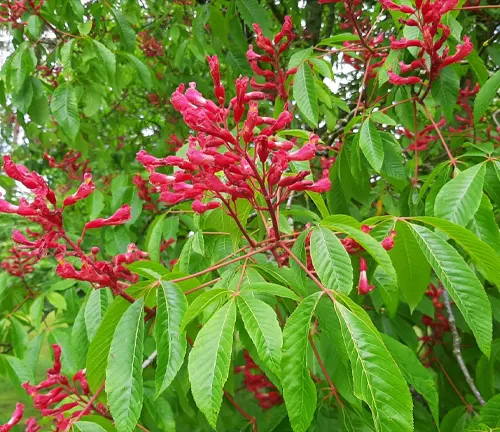
Texas Buckeye
(Aesculus glabra var. arguta)
Found in parts of Texas, this variety of Ohio Buckeye is adapted to the drier conditions of the southwestern United States.
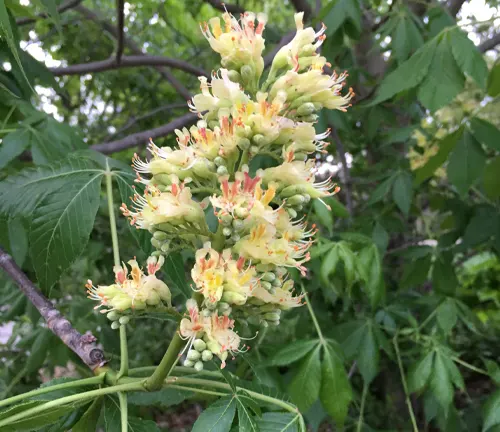
Bottlebrush Buckeye
(Aesculus parviflora)
Native to the southeastern United States, this species is known for its showy, long, white flower spikes that resemble bottlebrushes.
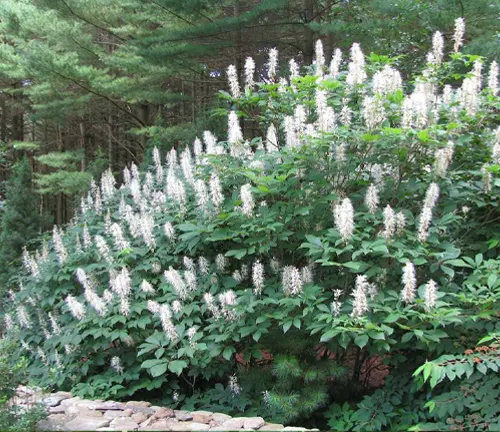
Dwarf Buckeye
(Aesculus sylvatica)
As the name suggests, this species is smaller in stature compared to other Buckeyes. It is native to the southeastern United States.
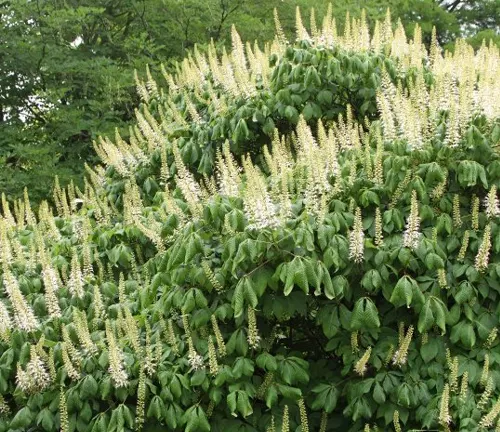
Indian Horse Chestnut
(Aesculus indica)
While not native to North America, the Indian Horse Chestnut is another species in the Aesculus genus. It is native to the Himalayan region and is cultivated in various parts of the world for its ornamental value.
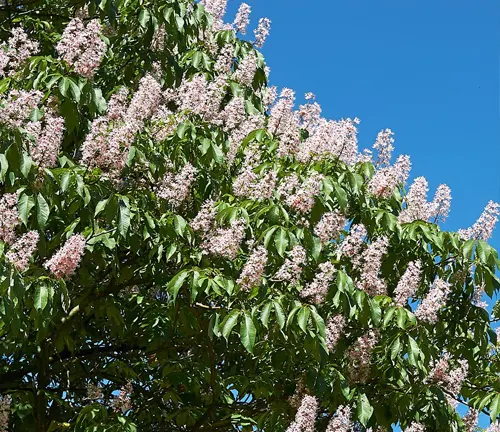
Frequently Asked Questions (FAQs)
- What is a Buckeye tree?
A Buckeye tree refers to any tree belonging to the Aesculus genus, known for its distinctive palmate leaves and chestnut-like seeds. - Where are Buckeye trees found?
Buckeye trees are predominantly found in North America, with species like the Ohio Buckeye native to the eastern and central United States. - Are Buckeye seeds toxic?
Yes, the seeds of the Buckeye tree are toxic to humans and many animals. It’s important to avoid ingesting them. - What is the significance of the Ohio Buckeye?
The Ohio Buckeye (Aesculus glabra) is the state tree of Ohio, holding cultural and symbolic importance in the region. - How tall do Buckeye trees grow?
The height of Buckeye trees can vary, but they typically range from 20 to 40 feet, depending on the species and environmental conditions. - Can I plant a Buckeye tree in my garden?
Yes, many Buckeye species are suitable for cultivation in gardens, provided they are planted in well-drained soil and receive adequate sunlight. - Do Buckeye trees have fragrant flowers?
Yes, some Buckeye species, such as the Ohio Buckeye, produce fragrant flowers, adding to their overall appeal. - Are Buckeye trees endangered?
While Buckeye trees are not generally considered endangered, conservation efforts may be necessary to preserve specific populations and their habitats. - What is the growth rate of Buckeye trees?
Buckeye trees typically have a moderate growth rate, adapting well to various environmental conditions. - How do Buckeye trees contribute to the ecosystem?
Buckeye trees play a role in the ecosystem by providing habitat and food for wildlife, attracting pollinators with their flowers, and contributing to soil stabilization. - Can I use Buckeye wood for woodworking?
Buckeye wood is generally soft and not commonly used for commercial woodworking. However, it may be utilized for certain crafts and artistic projects. - How can I care for a Buckeye tree in my garden?
Proper care for a Buckeye tree includes ensuring well-drained soil, providing sufficient sunlight, and regular watering, especially during dry periods.





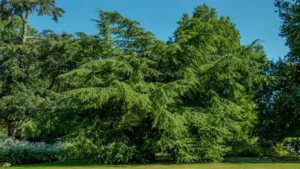

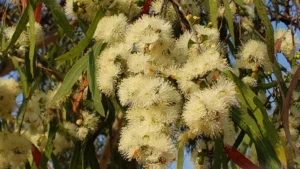


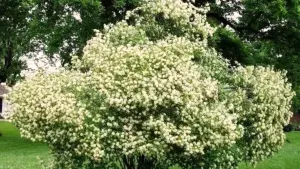
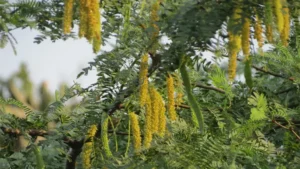
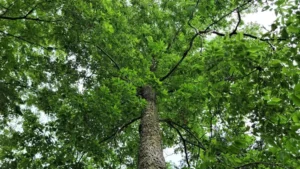
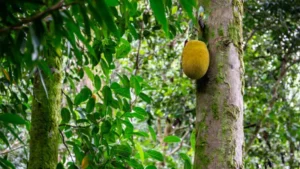
Leave your comment